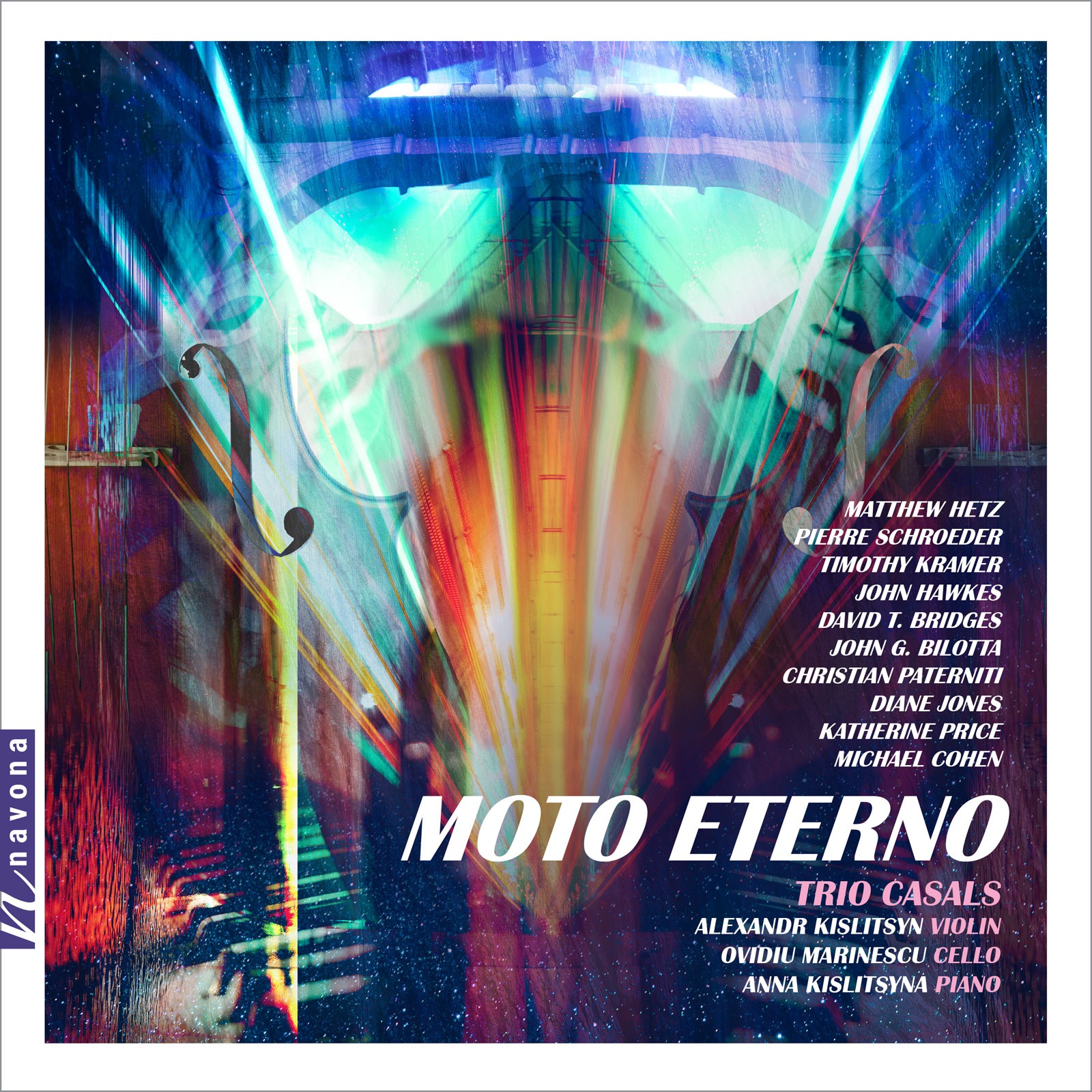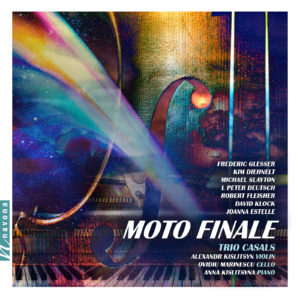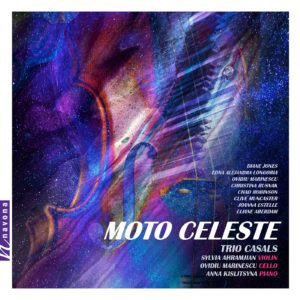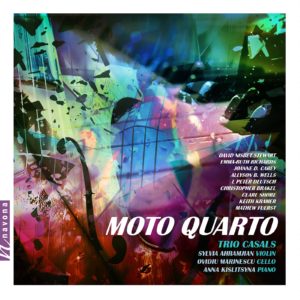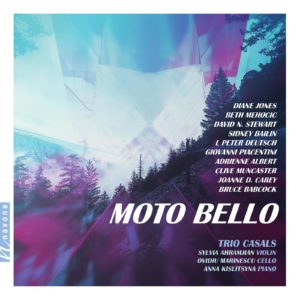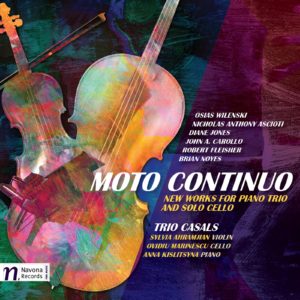Moto Eterno
Matthew Hetz composer
Pierre Schroeder composer
Timothy Kramer composer
John Hawkes composer
David T. Bridges composer
John G. Bilotta composer
Christian Paterniti composer
Diane Jones composer
Katherine Price composer
Michael Cohen composer
Trio Casals
Alexandr Kislitsyn violin
Ovidiu Marinescu cello
Anna Kislitsyna piano
Ten international composers showcase their respective styles on MOTO ETERNO, the latest installment of NAVONA’s successful MOTO chamber music series. Like the previous MOTO releases, MOTO ETERNO is the result of a wide-ranging Call For Scores and a scrupulous selection process. Acclaimed piano trio Trio Casals (Ovidiu Marinescu, cello; Alexandr Kislitsyn, violin; Anna Kislitsyna, piano), masterfully perform their favorite picks. With its inherent innovation, zest, vigor and verve, MOTO ETERNO proves to be another triumph for the long running series: a journey full of musical twists and turns, at times soothing, at times furious, and highly immersive throughout.
Listen
Stream/Buy
Choose your platform
"There are no weak pieces in the programme, and all draw sensitive and committed playing from the trio"
Track Listing & Credits
| # | Title | Composer | Performer | |
|---|---|---|---|---|
| 01 | Cello Sonata "Sarajevo Cellist": I | Matthew Hetz | Ovidiu Marinescu, cello; Anna Kislitsyna, piano | 7:55 |
| 02 | Glimmer | Pierre Schroeder | Ovidiu Marinescu, cello; Anna Kislitsyna, piano | 10:18 |
| 03 | Vanishing Perspectives | Timothy Kramer | Ovidiu Marinescu, cello | 8:37 |
| 04 | Bright Hair Falling | John Hawkes | Alexandr Kislitsyn, violin; Ovidiu Marinescu, cello; Anna Kislitsyna, piano | 6:05 |
| 05 | Three Caprices: No. 1, Playful | David T. Bridges | Alexandr Kislitsyn, violin; Ovidiu Marinescu, cello; Anna Kislitsyna, piano | 1:29 |
| 06 | Three Caprices: No. 2, Fickle | David T. Bridges | Alexandr Kislitsyn, violin; Ovidiu Marinescu, cello; Anna Kislitsyna, piano | 1:45 |
| 07 | Three Caprices: No. 3, Jazzy | David T. Bridges | Alexandr Kislitsyn, violin; Ovidiu Marinescu, cello; Anna Kislitsyna, piano | 1:02 |
| 08 | Beauty from Forgetfulness | John G. Bilotta | Alexandr Kislitsyn, violin; Ovidiu Marinescu, cello; Anna Kislitsyna, piano | 5:09 |
| 09 | Notturno | Christian Paterniti | Ovidiu Marinescu, cello; Anna Kislitsyna, piano | 4:16 |
| 10 | Crooked Lake | Diane Jones | Alexandr Kislitsyn, violin; Ovidiu Marinescu, cello; Anna Kislitsyna, piano | 8:45 |
| 11 | Heliotrope | Katherine Price | Alexandr Kislitsyn, violin; Ovidiu Marinescu, cello; Anna Kislitsyna, piano | 2:54 |
| 12 | Monday Morning | Michael Cohen | Alexandr Kislitsyn, violin; Ovidiu Marinescu, cello; Anna Kislitsyna, piano | 7:58 |
Recorded July 13-15 and August 28-31, 2020 at Morningstar Studios in Norristown PA
Session Producer Brad Michel
Session Engineer Glenn Barratt
Executive Producer Bob Lord
Executive A&R Sam Renshaw
A&R Director Brandon MacNeil
A&R Chris Robinson, Quinton Blue, Mike Juozokas, Danielle Lewis
VP, Audio Production Jeff LeRoy
Recording Sessions Director Levi Brown
Audio Director Lucas Paquette
Editing, Mixing & Mastering Brad Michel
VP, Design & Marketing Brett Picknell
Art Director Ryan Harrison
Design Edward A. Fleming
Publicity Patrick Niland, Sara Warner
Artist Information
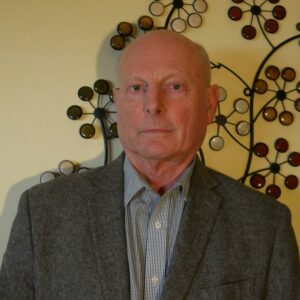
Matthew Hetz
Matthew Hetz (b. 1957) is a native to Los Angeles where he still resides. His formal music studies began at age 16 with piano lessons, and composing has always been in the forefront. He began playing the violin in his 20s, and joined local orchestras, an experience of tremendous importance and influence for composing. His study of composition and music at California State University, Dominguez Hills in the 1980’s was at the height of atonality, with the dissolution of harmony as the accepted compositional practices.
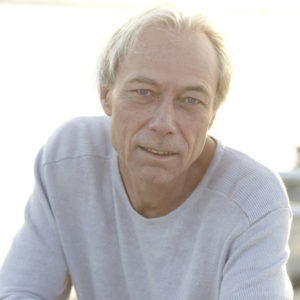
Pierre Schroeder
Pierre, a French native, came to music as a child, studying classical piano and transcribing themes from movie composers on the family’s piano. Emotions are in the center of his work, and reviewers have often noted cinematic elements in his music, while describing “an imaginative musical craftsman at work, capable of evoking real wonder, mystery, reverence, and celebration.”
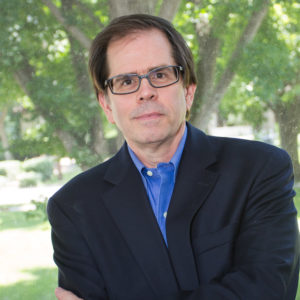
Timothy Kramer
Timothy Kramer’s music reflects his fascination with motivic patterns, cyclical relationships, and musical gestures that unfold in a variety of changing speeds and textures. Originally from Washington State, Kramer (b. 1959) began playing the piano at an early age, and, although trained as a pianist, organist, and harpsichordist, he spent many years as a youth playing bass guitar in jazz and rock ensembles. His music reflects this influence, and he sometimes integrates various aspects of American popular music into his pieces.
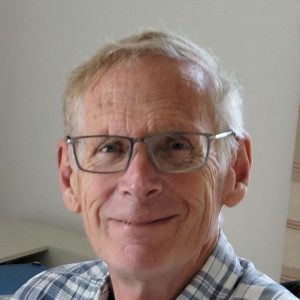
John Hawkes
JOHN HAWKES (b. 1942) first obtained a basic knowledge of music notation while in a church choir, but it was not until he was 14, when he heard an orchestra for the first time, that he became interested in composition. This interest has remained ever since, despite his subsequent career in science as a lecturer in Physics at the University of Northumbria in the U.K. Since taking early retirement in 1996, he has devoted his time to composition.
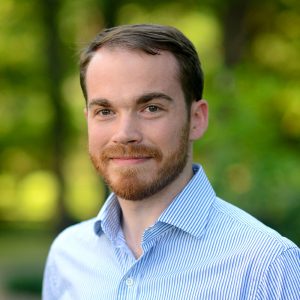
David T. Bridges
The music of composer and clarinetist David T. Bridges is often driven by motivic transformations and unifies extended techniques with classic and narrative structures to provoke a visceral response. Bridges’s compositions have been performed by ensembles including Del Sol Quartet, Contemporaneous, ensemble mise-en, Mivos, and Cadillac Moon Ensemble and featured at the New Music on the Bayou Festival in Louisiana, Reciprocity Collaborative at Boston’s Museum of Fine Arts, Red Note Festival at Illinois State University, Hot Air Music Festival at San Francisco Conservatory, and Composers Now Festival in NYC. His string quartet This Fragmented Old Man was recorded by the Pedroia Quartet and released on Navona records.
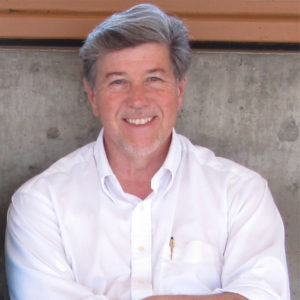
John G. Bilotta
John G. Bilotta was born in Waterbury, Connecticut, but has spent most his life in the San Francisco Bay Area having attended the University of California at Berkeley and, later, the San Francisco Music and Arts Institute where he studied composition with Frederick Saunders.

Christian Paterniti
An Italian native, Christian Paterniti graduated in piano with honors under the guidance of Caterina del Campo at the Arcangelo Corelli Conservatoire in Messina, Italy. Under Gaetano Indaco, he obtained a degree in piano and recommendation to publish his dissertation on Traité historique d'analisé harmonique (1982) by the composer and musicologist Jacques Chailley.
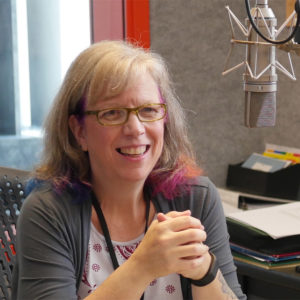
Diane Jones
Diane Jones’ music has been performed by The Relâche Ensemble, The Da Capo Chamber Players, Trio Casals, and Flautet. She has been commissioned by Mélomanie, the Society for New Music, and the Matilda Joslyn Gage Foundation, and she recently completed a commission from the Syracuse International Film Festival to score the 1919 silent film, “The Doll,” screened during the 2019 festival with a live ensemble.
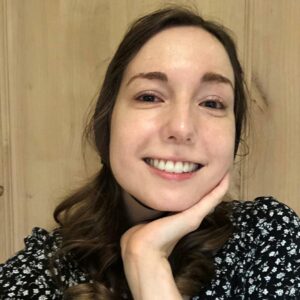
Katherine Price
Katherine Price (b. 1992, Indiana) is an American composer of choral music, orchestral music, and chamber music native to Indiana. Price began composing as a child, writing down her compositions at age 13. Drawing influences from the Anglican Choral Tradition, European early music, American folk music, Orthodox hymnody, and holy minimalism, her compositions reflect the styles of such composers as Arvo Pärt, John Tavener, and Knut Nystedt.
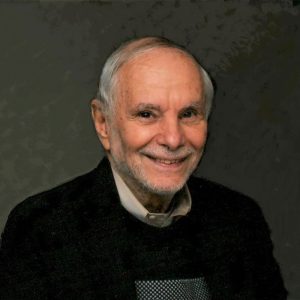
Michael Cohen
New York City native Michael Cohen has a diverse and expansive career as a composer. His many compositions include works for chamber ensemble, musical theater, opera, and television. He attended the High School of Music and Art and the Dalcroze School of Music, graduated cum laude from Brandeis University, and studied composition with Harold Shapero and Irving Fine.
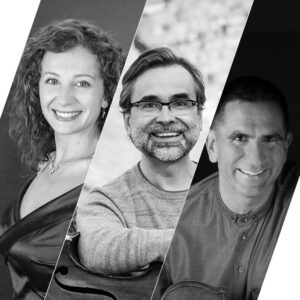
Trio Casals
Since making a highly-praised debut at the 1996 edition of the Pablo Casals Festival in Puerto Rico, Trio Casals has delighted audiences with spectacular virtuosity, engaging enthusiasm, and exquisite musical elegance. The ensemble released several commercial albums with PARMA Recordings and Navona Records to critical acclaim with Ovidiu Marinescu and past members including Anna Kislitysyna, Alexandr Kislitsyn, and Sylvia Ahramjian, from the beloved MOTO series to A GRAND JOURNEY and more. Marinescu remains in the current ensemble line up, with Mădălina-Claudia Dănilă and Timothy Schwarz joining in 2024.
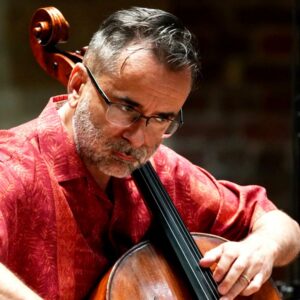
Ovidiu Marinescu
Ovidiu Marinescu is internationally recognized as a cellist, composer, conductor, and educator. He has performed at Carnegie Hall, Weill Hall, Merkin Hall (New York), the Great Hall of the Moscow Conservatory, Holywell Room in Oxford, Oriental Art Center in Shanghai, and has appeared as soloist with the London Symphony, New York Chamber Symphony, the National Radio Orchestra of Romania, Moscow Chamber Orchestra, Helena, Great Falls, Portsmouth, and Newark Symphonies, Southeastern Pennsylvania Symphony Orchestra, Cleveland Philharmonic, Limeira Symphony in Brazil, Orquesta de Extremadura in Spain, and most of the professional orchestras in his native Romania. The album LONDON CELLO CONNECTION features Marinescu and London Symphony Orchestra in eight newly-commissioned cello concertos by North American composers.
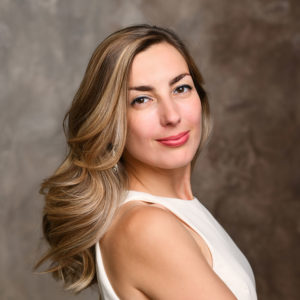
Anna Kislitsyna
Pianist and harpsichordist Anna Kislitsyna made her solo debut at age 10 with the Omsk Symphony Orchestra. She remains in high demand as a soloist, collaborative pianist, and educator. Recent season highlights include five new album productions with PARMA Recordings and two release concerts in Carnegie Hall’s Weill Recital Hall, performing Haydn and Shostakovich Piano Concertos with Helena Symphony and Southeastern Pennsylvania Symphony Orchestra, and returning to the Omsk Philharmonic as a soloist to give the inaugural performance on the new harpsichord.
